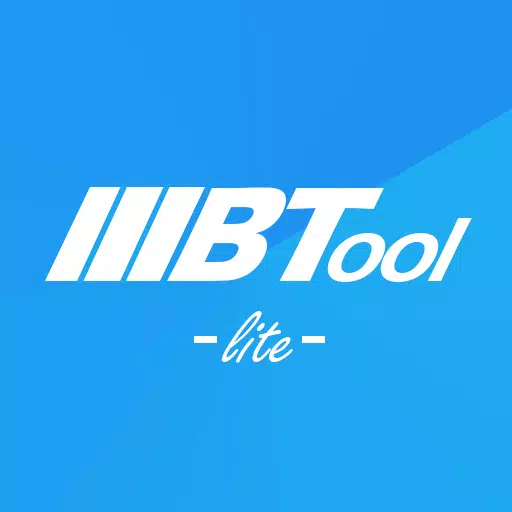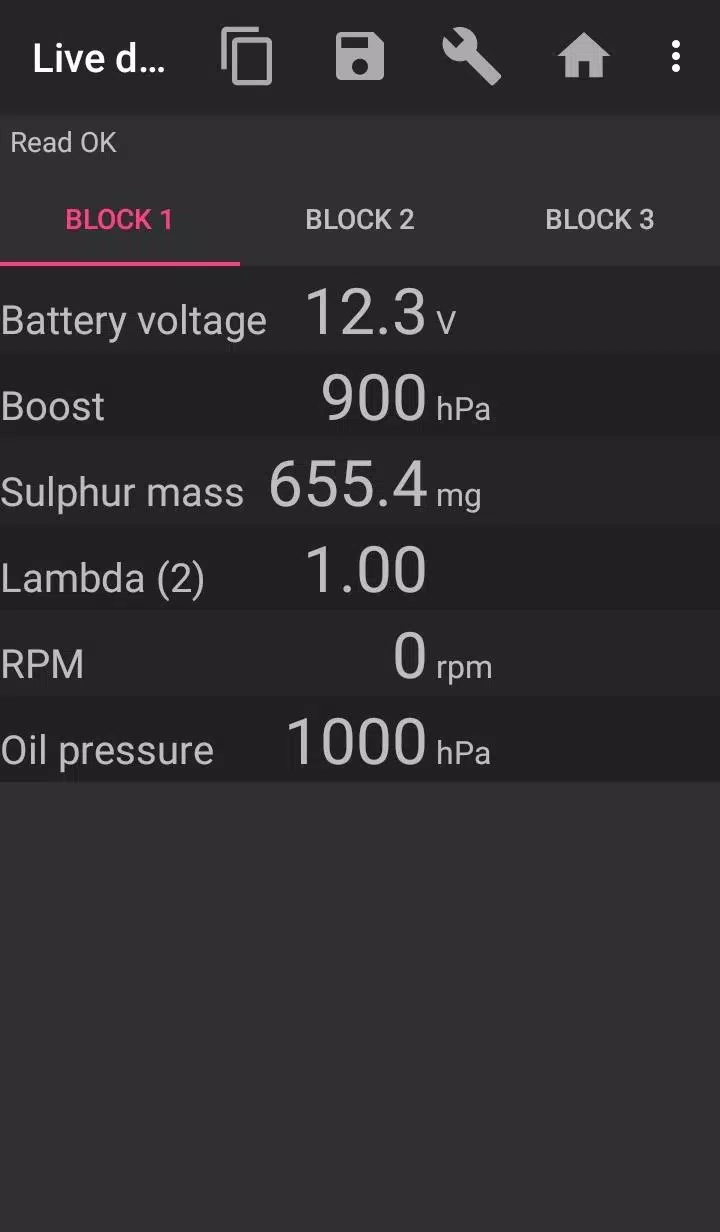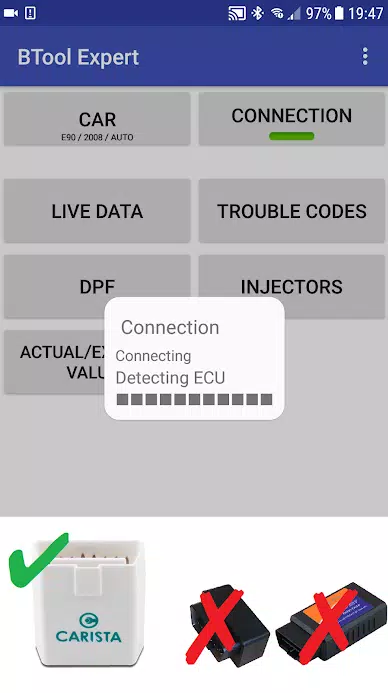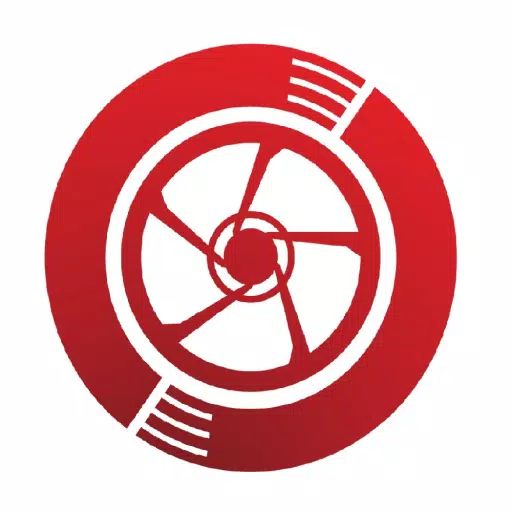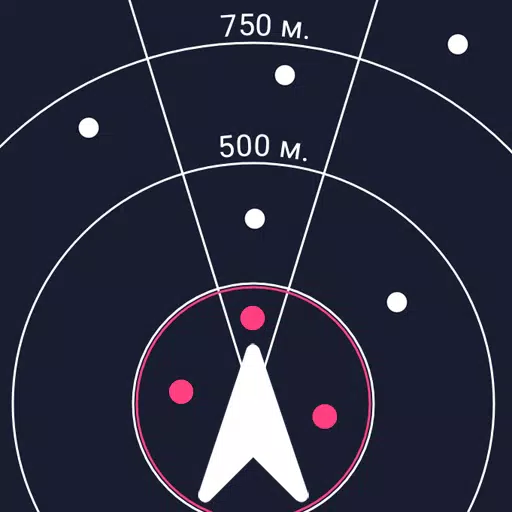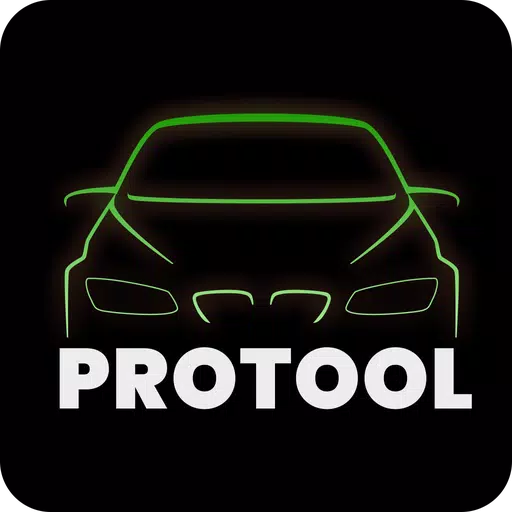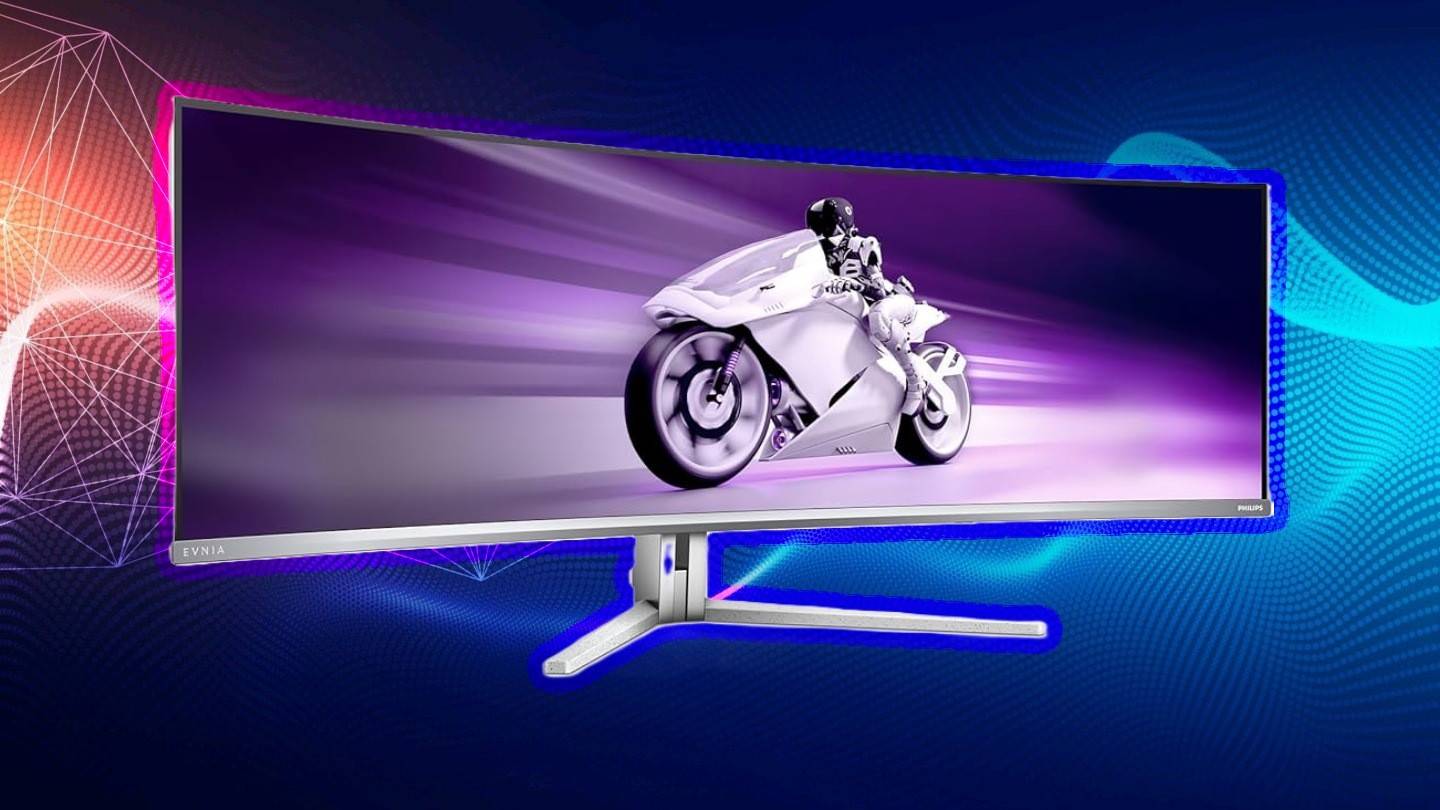If you're a BMW owner looking to maintain your vehicle's performance, the bimmer-tool application is your go-to solution for managing fault codes and Diesel Particulate Filter (DPF) issues. This powerful tool allows you to read and clear fault codes, initiate DPF regeneration, and access real-time engine data, among other features. It's designed to enhance your BMW's performance and ensure it runs smoothly.
For BMW models prior to 2008, the functionality of the app is somewhat limited, and it's recommended to use a K+DCan USB cable for the best results. Using a wireless ELM adapter with these older models might not be feasible or could limit the available functions.
To get the most out of the bimmer-tool, you'll need a reliable OBD adapter. The recommended options include the K+DCan cable, ENET adapter for F/G series, or specific Bluetooth adapters such as the Vgate vLinker series, UniCarScan UCSI-2000/USCI-2100, Carista, and Veepeak OBDCheck BLE. Each of these adapters has been tested for compatibility and reliability with the bimmer-tool application.
With bimmer-tool, you can:
- Check the status and detailed information of DPF regeneration
- Initiate DPF regeneration to maintain your vehicle's emissions system
- Reset DPF adaptation values after a filter replacement
- Monitor exhaust fumes pressure and injector adjustments
- View actual and expected values for air mass, intake manifold pressure, and fuel pressure
- Log data to a CSV file for in-depth analysis
- Register a battery replacement without altering battery properties
- Reset lamps circuits blocked due to short-circuit errors
- Reset oil and brake service intervals
The app supports various OBD adapters, including the highly recommended K+D-Can USB adapter, which requires a USB-OTG cable. For F & G series BMWs, an ENET cable or WiFi adapter is suggested, along with a USB-C to Ethernet adapter. While ELM327 Bluetooth and WiFi adapters are supported, they may offer slower and less stable connections, particularly with older engines.
To start using bimmer-tool, follow these steps:
- Connect the adapter to your BMW's OBD II socket
- Turn the ignition on
- Connect the adapter to your phone via USB, Bluetooth, or WiFi
- Launch the bimmer-tool app, select your car model and year
- Choose the connection type, adapter type, and communication protocol
- Tap the 'Connect' button to establish a link with your vehicle
Keep in mind that for models before 2008 and specific series like e46/e39/e83/e53, the app's functionality is limited to the engine ECU and requires a K+DCan cable connection.
If you encounter common issues like 'No response' errors in cars up to 2007 when using a Bluetooth or WiFi adapter, try selecting the ATWM option under advanced connection settings. If you're unable to connect despite correct settings, force stop all diagnostic apps or restart your phone before trying again.
The bimmer-tool app requires certain permissions to function effectively, including access to storage for USB support, media for creating CSV files, Bluetooth for adapter connectivity, network access for WiFi support, and approximate location, though the latter is not used by the app.
What's New in the Latest Version 3.7.6-L
Last updated on Nov 10, 2024
- Diesel idle speed adjustment
- Throttle body control
Tags : Auto & Vehicles

